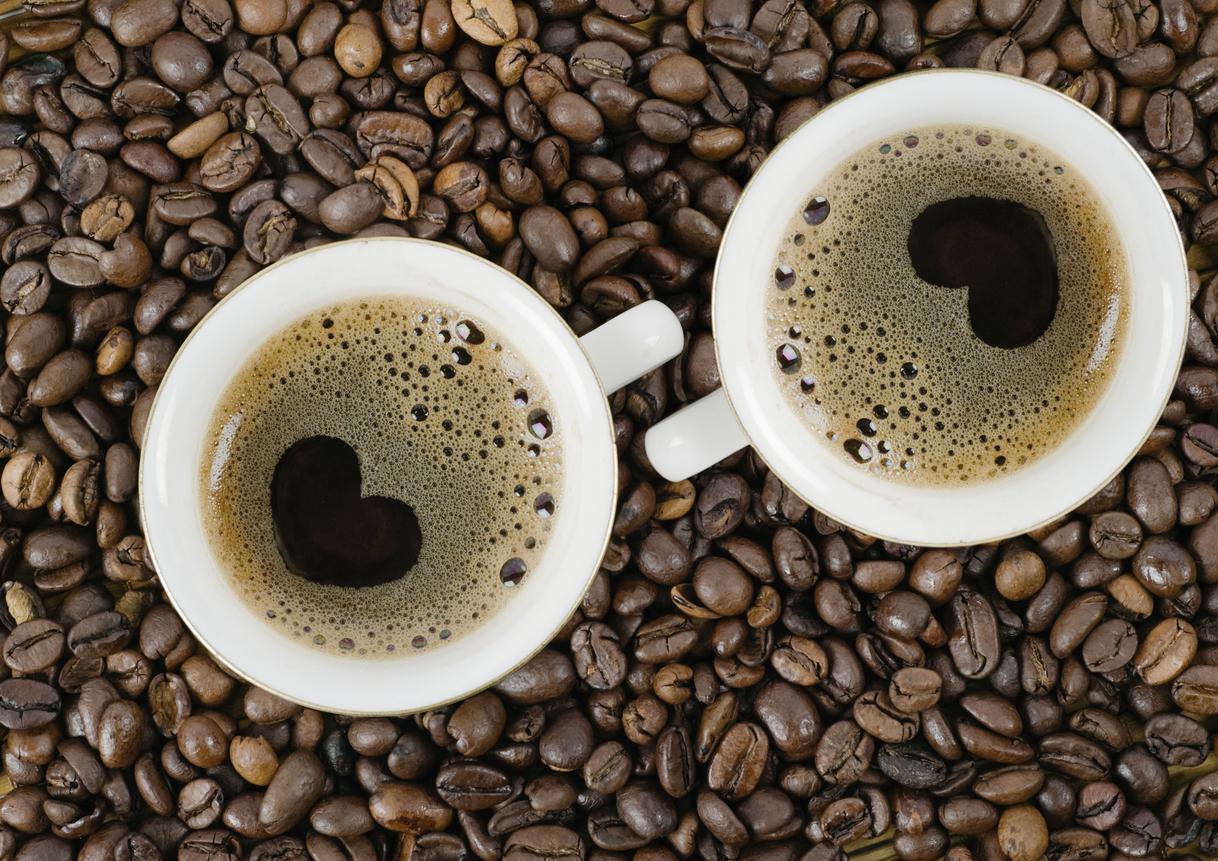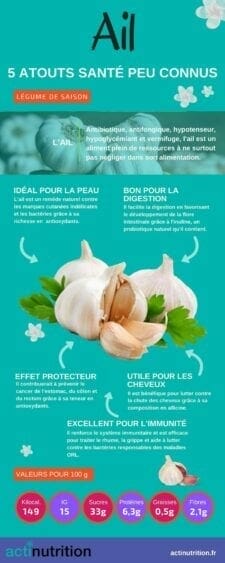What is spirulina?
Spirulina is a micro-algae freshwater, which has existed on Earth for 3.5 billion years. It belongs to the family of cyanobacteria. What you need to know is that spirulina is nothing less than the richest food in minerals (ironAndmagnesiumAbove all) and in chlorophyll in the world ! It is for this reason that we speak of superfood, especially since it also contains vitamins, proteins and trace elements. Even the Food and Agriculture Organization of the United Nations (FAO), has called it “the most complete food on the planet”.
spirulina, which owes its name to its spiral shape, is therefore a very interesting natural product, which provides us with all the nutrients that we are deficient in by our Western diet or our way of life. On the other hand, spirulina does not have a fat-burning effect, but it still promotes weight loss, because it acts as an appetite suppressant. Thanks to its high protein content, spirulina is a naturally satiating food. It allows you to have a faster and more lasting feeling of satiety. Similarly, its consumption causes a protein intake, which helps nourish muscle fiber and maintain lean mass during a diet.
Spirulina grows naturally in the warm waters of lakes in India, Chad and Mexico. But currently it is also produced in a controlled way everywhere in the world where the climate allows it: Chile, China, Cuba, India, West Africa, Greece, etc.
Is spirulina organic?
The cultivation of spirulina does not require pesticides or herbicides. Its production, devoid ofGMOis organic by nature. However, the spirulina that you can buy will not always be stamped organic, because it has been classified as a seaweed while it is a cyanobacterium. So opt if possible for a spirulina with the French private label Ecocert which is a guarantee of quality.
What are the health benefits of spirulina?
Assuming that the spirulina we have is of good quality, it can be taken as a dietary supplement.
Here are its benefits:
- The consumption of spirulina, with the different nutrients it contains, would largely contribute to boost the immune system.
- It would have a real cardio-protective effect linked to its action on blood lipids.
- It would also promote an increase in HDL cholesterol (good cholesterol), lower LDL cholesterol (bad cholesterol) and triglycerides.
- Spirulina is rich in Vitamin E and phycocyanin (the blue-green pigment), very powerful antioxidants that play a protective role against free radicals. They help protect our cells from premature aging.
- Its wealth in beta carotene can be interesting for those who lack vitamin A.
- A set of preliminary studies suggest a hypoglycemic effect of spirulina in people with type 2 diabetes. In addition, the blue-green pigment of spirulina, would have the same antidiabetic action as insulin.
- The exceptional protein content of spirulina makes it very useful for people malnourished or for people vegetarians or vegans. These proteins are also accompanied by a very high iron contentwhich earned spirulina its nickname of “sea steak“.
- Finally, the chemical structure of phycocyanin is very close to erythropoietin (EPO), a protein that regulates the production of red blood cells. spirulina facilitates recovery during exercise. Rich in iron, it also promotes oxygenation of blood and muscles and increases resistance to effort.
Its immunostimulating action and its anti-inflammatory or antiviral properties have not yet been formally established, but its richness in antioxidants tips the balance in its favour.
How to consume spirulina?
Spirulina is commercially distributed in 4 forms:
- glitterit is the most natural form, to sprinkle in your diet
- the powder (crushed flakes)
- capsules (powder packaged in capsules)
- tablets (agglomerated powder)
The taste of spirulina is particular and may displease. This explains why it is often consumed in the form of a tablet (without taste), although this mode of packaging is the least suitable for preserving its nutritional properties. It is quite possible to integrate spirulina into your daily dietbut avoid overheating it, to preserve its qualities.
If you want to take spirulina, start with consume 0.5 to 1 g per day (before meals) for one week, then increase the dose by 1 g each week until you reach 5 g per day. Ideally, combine spirulina with vitamin C, but avoid the consumption of tea or coffee. Make cures of 6 weeks 2 to 3 times a year.
In any case, before starting a cure, it is best to talk about it with your doctor.
What are the contraindications of spirulina?
Buying a quality spirulina is essential because, if it is produced in a polluted environment, it will absorb the heavy metals that surround it and can make it dangerous. Remember that the spirulina produced in France is very often of very good quality. And the greatest vigilance is required with regard to spirulina produced outside Europemost often in China or India (spirulina sold in pharmacies), even if it has the organic label.
As spirulina can have a stimulating effect in some people, it is preferable to do not take it at night.
Finally, spirulina is contraindicated in pregnant and breastfeeding women without medical advice.
Sources:
Genetically Modified Organisms (GMOs) | Ministries Ecology Energy Territories (ecologie.gouv.fr)
https://www.fao.org/africa/news/detail-news/fr/c/1251040/
Read also: Eucalyptus: all about its benefitsNettle: health benefits, effects on hypertension, when to take it?Fenugreek: does it make you fat, what benefits, how to use it?Guarana: benefits, uses and origins of this “fat-burning” plant »















